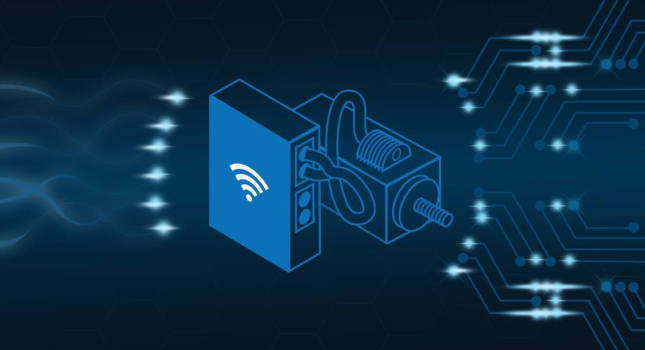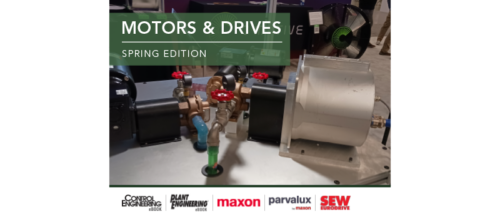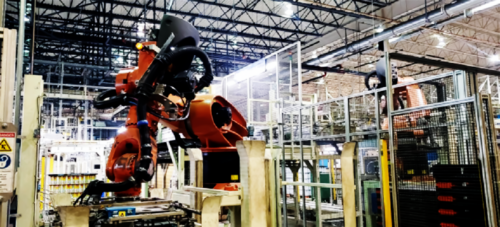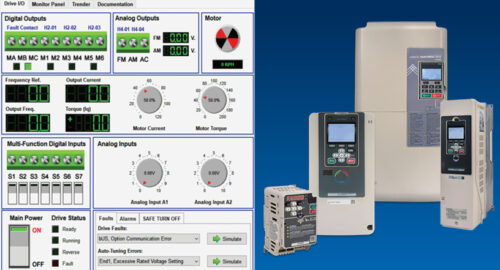Industrial motor communications: Optimization
How to optimize industrial motor communications is the topic of an Aug. 4 RCEP webcast, and related advice about industrial networks for motors and drives follows.
Learning Objectives
- Review motor-drive communications needs and protocols.
- Understand motor-drive communications and smart manufacturing benefits.
- Review some cybersecurity strategies for motor communications.
Experts from three major industrial network communications organizations provide advice in an Aug. 4 webcast, archived for a year, afterward. The learning objectives for the webcast are:
- Learn types of information communicated to and from motors and drives and why.
- Identify communication protocols used with industrial motors and drives and why.
- Examine how motor-drive communications contribute to smart manufacturing.
- Review cybersecurity best practices for motor-drive communications.
- See examples of motor-drive communications.
Presenters are:
- Michael Bowne, executive director of PI North America.
- Robert B. Trask, PE, director and North American representative for the EtherCAT Technology Group.
- Paul Brooks, member of the ODVA Distributed Motion and Time Synchronization Special Interest Group.

Motor and drive communications experts provide advice in an Aug. 4 RCEP Control Engineering webcast, archived for 1 year. Presenters are Michael Bowne, executive director of PI North America; Robert B. Trask, PE, director and North American representative for the EtherCAT Technology Group; and Paul Brooks, member of the ODVA Distributed Motion and Time Synchronization Special Interest Group. Courtesy: PI North America, EtherCAT Technology Group, ODVA
Advice from the webcast follows. For webcast registrants (no cost), one RCEP credit is available after passing an exam; sign up here: “How to optimize industrial motor communications.”
Motor communications, protocols
Communications among a motor, drive and other parts of the process can include attributes for set-up such as motor type, windings, encoder information for position control, voltage, current, power, maximum and reference speeds and speed and torque relationships. Information about control methods or modes of operation include position, velocity and current. Safety, predictive maintenance, analytics, synchronization information also can be gathered. A digital twin can facilitate set up and changes. Cycle times may vary by network, motors, drives and applications.
Motor-drive communications, Smart manufacturing
Communications protocols used for industrial networks vary. Motion control applications often represent the highest requirements for number of axes controlled and performance, such as speed, synchronization and determinism.
Many drives or inverters for motors can include application-specific parameters to ease setup and optimize performance more quickly.
Three industrial Ethernet protocols, EtherNet/IP (ODVA), Profinet (PI North America) and EtherCAT (EtherCAT Technology Group) are the most commonly used communications for motors and drives in 2022, according to HMS research.
When motors and drives are included in industrial network communications, smart manufacturing benefits include self-organizing production of machines, more autonomous operations, easier product customization, smaller batch sizes, optimization and benchmarking along with greater safety and sustainability (energy savings).
Cybersecurity for motor communications
Motor and drive motion control system applications cannot tolerate frequent control system changes that information technology (IT) experts may require of other parts of the network.
There are many cybersecurity best practices to protect motor-drive communications and include identification and authentication control, authorization and use control, system integrity and data confidentiality, among others.
Examples of motor-drive communications are given in the webcast to enhance understanding. Those listening live can participate in a poll and ask the experts questions in a question-and-answer session after the formal presentation that will be recorded and included in the archive for one year.
Edited by Mark T. Hoske, content manager, Control Engineering, CFE Media and Technology, mhoske@cfemedia.com.
KEYWORDS: Industrial motor-drive communications, networks
CONSIDER THIS
Appropriate communications with industrial motors and drives can enable smart manufacturing benefits.
Do you have experience and expertise with the topics mentioned in this content? You should consider contributing to our CFE Media editorial team and getting the recognition you and your company deserve. Click here to start this process.







